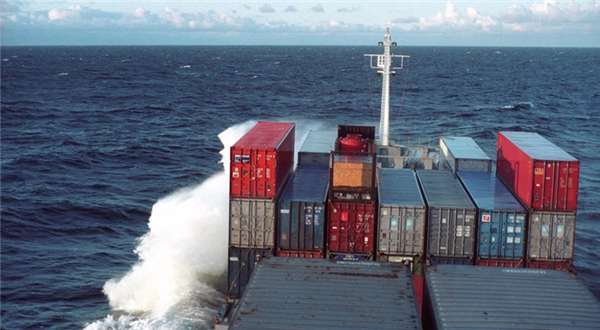Small carriers bear the brunt of coronavirus fallout
Container shipping lines ranked between 60th and 100th has seen more losses in their fleet size proportionally compared to their large- and mid-sized competitors, according to Sea-Intelligence
SMALL niche container shipping lines have been hit the hardest by the coronavirus shockwave, having sustained a worse fleet scale-down than their larger rivals.
The conclusion comes after an analysis by Sea-Intelligence into the changes of fleet sizes of the top 100 carriers from January 26 to May 9 this year.
The research found a downwards level shift for the entire “small-scale segment from rank 60-100”, with only two exceptions—Eimskip which rose 13% and Pan Ocean which was up 17%.
“We can therefore see from the data that the pandemic has already had a strong structural impact on the segment of the very small carriers, which across the board is seen to reduce their fleets,
“This is not structurally the case for the large and mid-sized carriers, although as shown, there are individual carriers with large declines,” said the consultancy in its latest weekly report published on Sunday.
By contrast, the 20 largest carriers during the period showed marginal changes in their fleet size, with the largest fluctuation being a 5% growth of Unifeeder.
Most of the mid-range players ranked 21st-60th saw a similar trend. Only five of them—SM Line, Sea Lead Shipping, Log-In Logistica, CK Line, and Milaha—recorded a steep decline of between 14% and 27%.
Such market developments may lead to further consolidation of the container shipping sector, where the larger lines have already strengthened their grip on market share in recent years through mergers and acquisitions as well as a reshuffling of the alliances.
“This would lead to a hypothesis, that we are also more likely to see these smaller carriers actually disappear entirely from the industry landscape in the year ahead,” said Sea-Intelligence.
As of May 9, the top 5, top 10 and top 20 carriers controlled 67.1%, 85.9% and 92.9% of the global fleet capacity in service.




